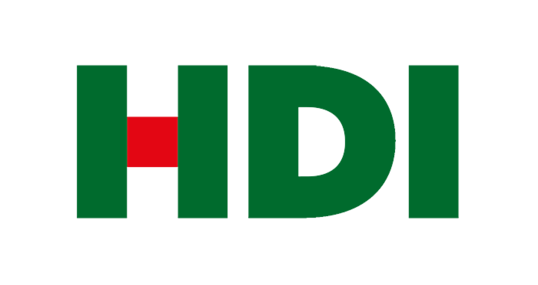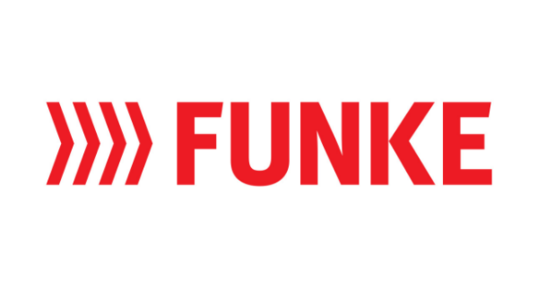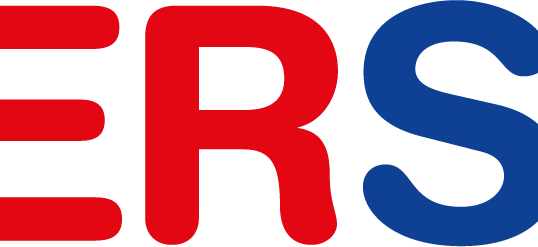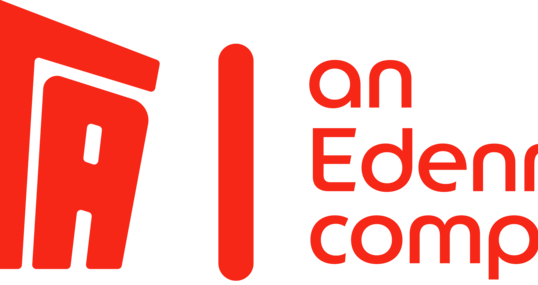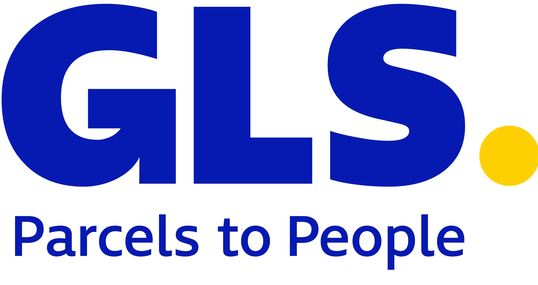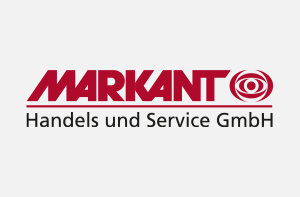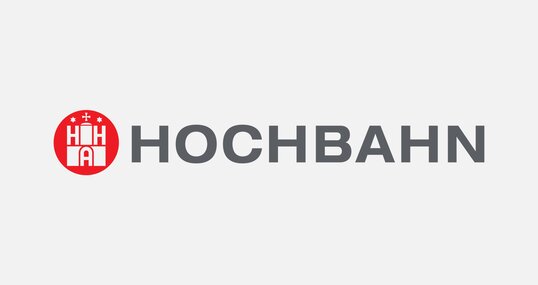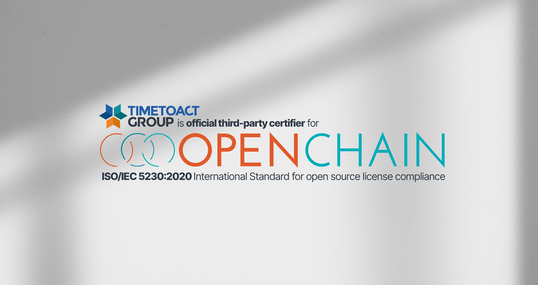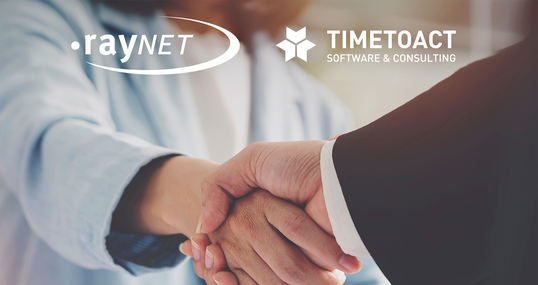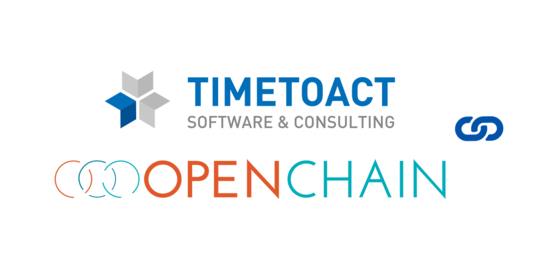Many companies find it more and more difficult to maintain a sufficient overview of the software they use. This is due to the increasingly extensive license models, terms of use and license agreements of software manufacturers. Incorrect estimates can result in serious financial losses. With our professional software asset management consulting, our software asset managers help you to remain legally compliant and audit-proof in the long term, despite increasing complexity. Benefit from the advantages of the different components of our consulting.
Software Asset Management helps you cope with the increasing complexity in the licensing area
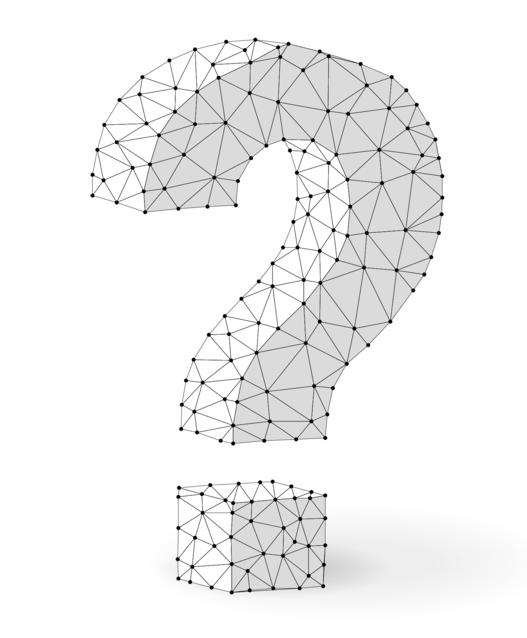
What is Software Asset Management?
Software Asset Management (SAM) manages, controls and protects your software and hardware assets at all stages of their lifecycle. It is an important sub-discipline of IT Asset Management (ITAM) and is the counterpart of Hardware Asset Management (HAM).
By actively controlling, automating the acquisition, use, and deployment of software licenses, you can minimize your expenses and optimize your license budget. SAM comprises many components, which means that you can always maintain an overview with our consulting services.
Consulting
Expertise
Managed Services
Procedure for SAM:
When implementing Software Asset Management, the following steps have become established at our company:
- Overview of existing contracts and licenses.
- Identification of existing sources for measuring software usage.
- Evaluation of the current state of software usage in the company.
- Creation of a TARGET/ACTUAL overview (license balance) as a basis for sustainable SAM.
- Selection and implementation of a SAM tool to ensure ongoing compliance with assignment of SW to employee or device.
- Definition of processes to sustainably anchor software compliance in the company.
- Access to license costs, software usage and current compliance status at any time.
Your benefits from Software Asset Management:
Compliance
Savings
Transparency
Process optimization

Asset Management
Better visibility of software as an asset of the company.
Software, or more precisely the rights to use it, represents a high value in the company. It is often - besides personnel - the largest cost factor in IT. These assets must be managed and used efficiently. However, this is only possible through transparency and comparison of current and desired (and audit-proof) software usage.
Lifecycle Management
From implementation to uninstallation. All phases of usage are assessed and documented.
Software assets in the enterprise go through various phases, from planning, purchasing, deployment, maintenance to decommissioning. These phases and their monitoring is important as it significantly affects the value of the software in the enterprise. Over-licensing - if planned - can therefore provide a useful "buffer" instead of unnecessary additional expenditure.
Risk management
Transparency enables risks to be identified and measures to be taken in good time.
The rights to use software are subject to the manufacturer's licensing terms, as well as general copyright law. An infringement - no matter how unintentional - represents a financial risk, sometimes to a considerable extent. Those who know and minimize this risk do not have to fear unexpectedly high costs due to an audit.
Cost optimization
How can the software be used efficiently? We illuminate all aspects of your software usage.
A core task of Software Asset Management is cost optimization. Optimal licensing goes further than "just" ensuring compliance. It is about choosing the most cost-efficient licensing, taking into account technical and administrative requirements.
Compliance
Continuous evaluation of the software in use ensures compliance with licensing regulations.
Software Asset Management also places high demands on data security and data protection. In some cases, it is also necessary to involve the works council - especially when it comes to user-related software and its evaluation (keyword metering). The goal is always to process as little data as possible, but as much as necessary. This results in improvements for organizations in data transparency and in the central availability of information, e.g., through integration into a SAM tool.
Process Management
Processes and responsibilities must be clearly defined so that no risks arise from errors or ignorance.
Software Asset Management is itself a continuous process, in which roles and responsibilities are defined and information is passed between people, systems and interfaces. Often, all relevant information for effective SAM is already available, it just needs to be identified, shared and interpreted correctly.


